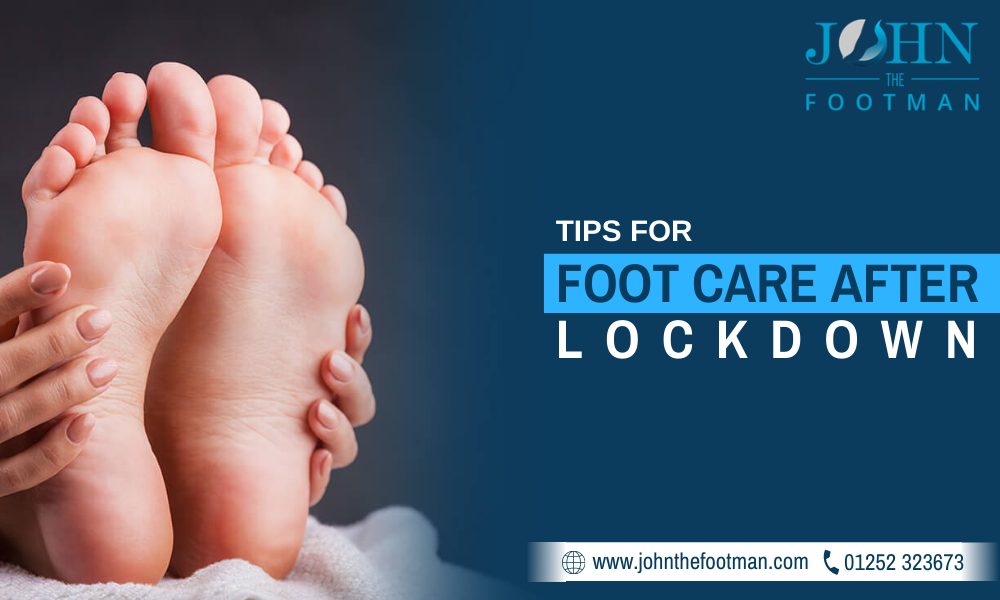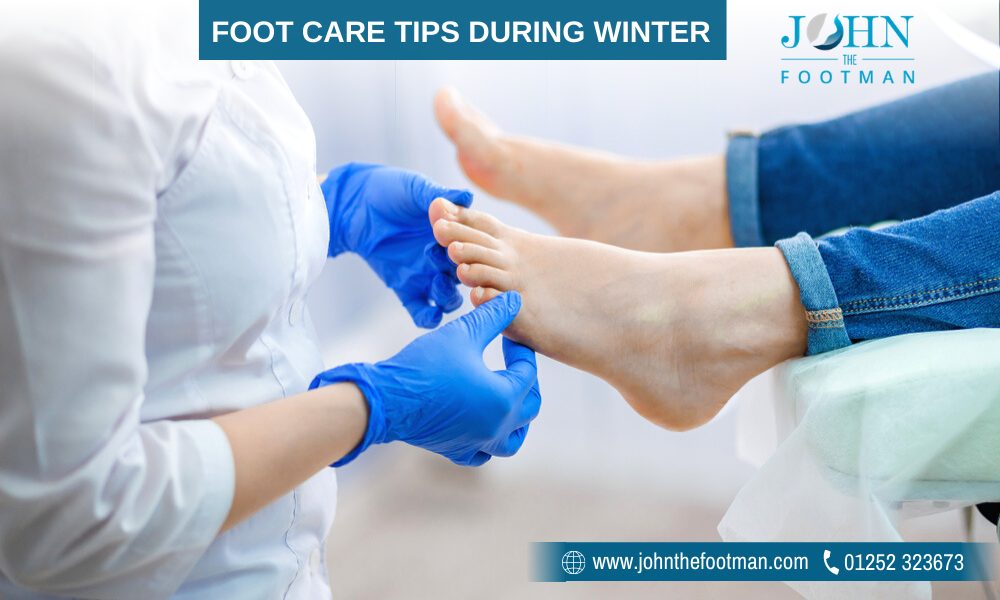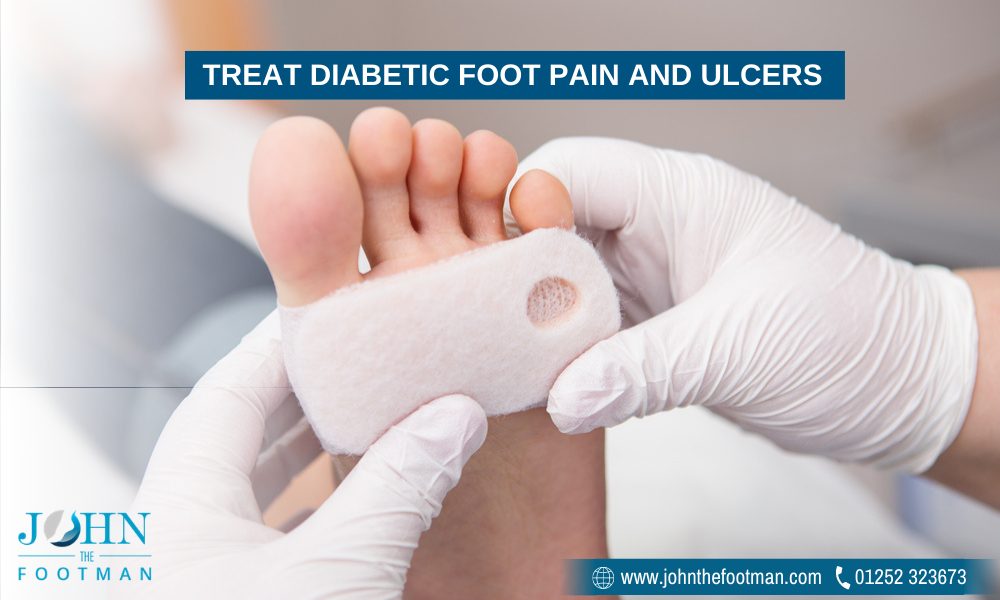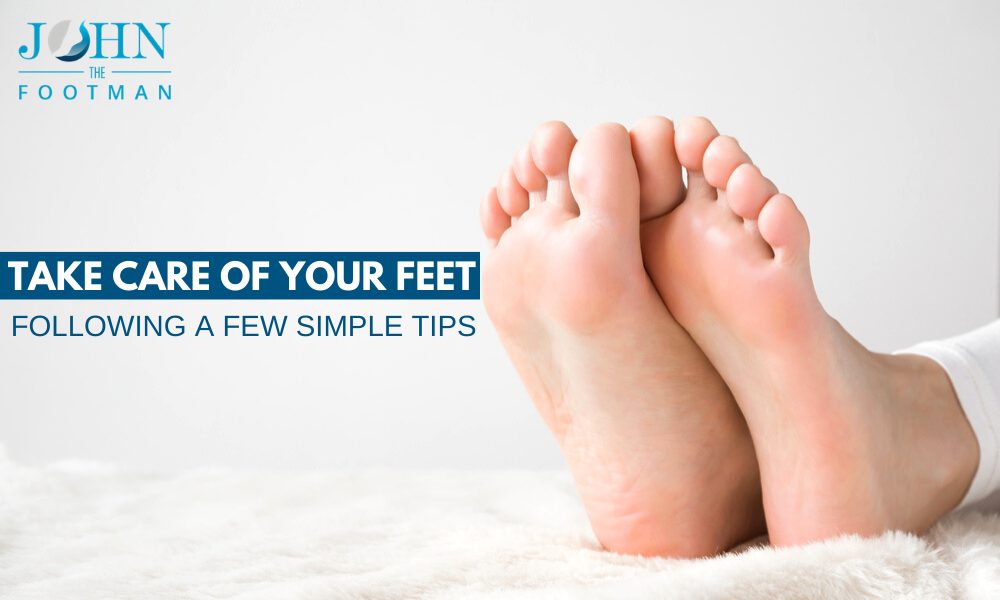The recent lockdown and pandemic have had a significant impact on our lifestyle and daily routines. While most of us become familiar with the “work from home” schedule in our pyjamas and flip flops, many of us have gained a few pounds too. However, now things are getting better gradually, and many offices are getting back to their regular schedules this can be a matter of shock for your feet. They have experienced a long vacation period where formal work shoes were not on the list. Getting back to the normal schedule can create issues for your feet. You need to take care of them more seriously than you think.
Tips for Foot Care after Lockdown
- Do not wear your old work shoes if you have gained excess weight during the lockdown. Your old shoes may become tighter for your feet which can cause swelling and pain.
- Start wearing those work shoes only for one hour at a stretch. Open them and keep your feet uncovered for a while or have slippers in your office for an alternate option.
- Sudden change in shoe habit can cause plantar fasciitis. This is one of the common causes of heel pain. Your foot will feel inflammation of a thick band of tissue. This tissue connects your heel bone to your toes. You must meet a certified podiatrist for the right treatment.
- In such a situation, your heel can feel the pain for several reasons. It is advisable to meet the experts for better diagnosis. They can suggest to you the right treatment plan as per your lifestyle and work schedules.
- You are probably aware of soaking the foot in a tub of warm water. You can experience the best result of this therapy right now when your feet need extra care and relaxation after a long tiring day.
- Try light exercises to make your foot familiar with these sudden changes in your lifestyle. Move your foot a lot in your office to have a good blood circulation which can reduce stiffness and swelling.
- Use lightweight and flat shoes instead of heavyweight work shoes and high heels. Give your foot some time to be on track.
- Use home remedies for foot care and foot relaxation after coming back from office. Massage oil on your feet and keep them clean all the time. You can use the best quality foot care creams too.
For all types of foot care tips and treatments, you can contact the experts of John the Footman. You will surely get relief from foot pain, strains and other foot-related issues.
Kindly get in touch with us for more information.





